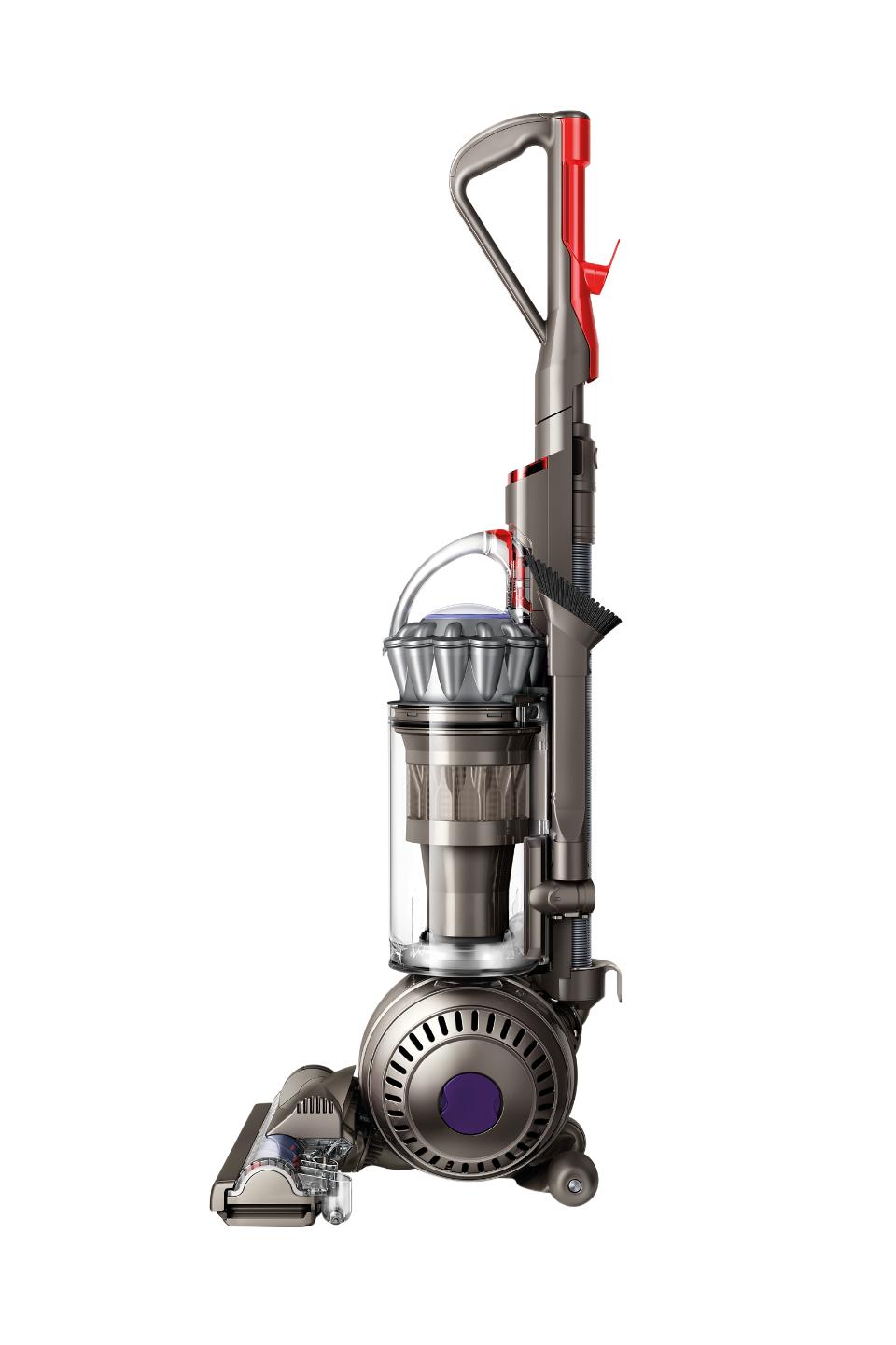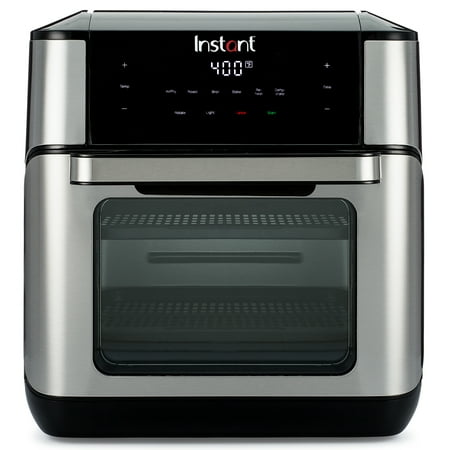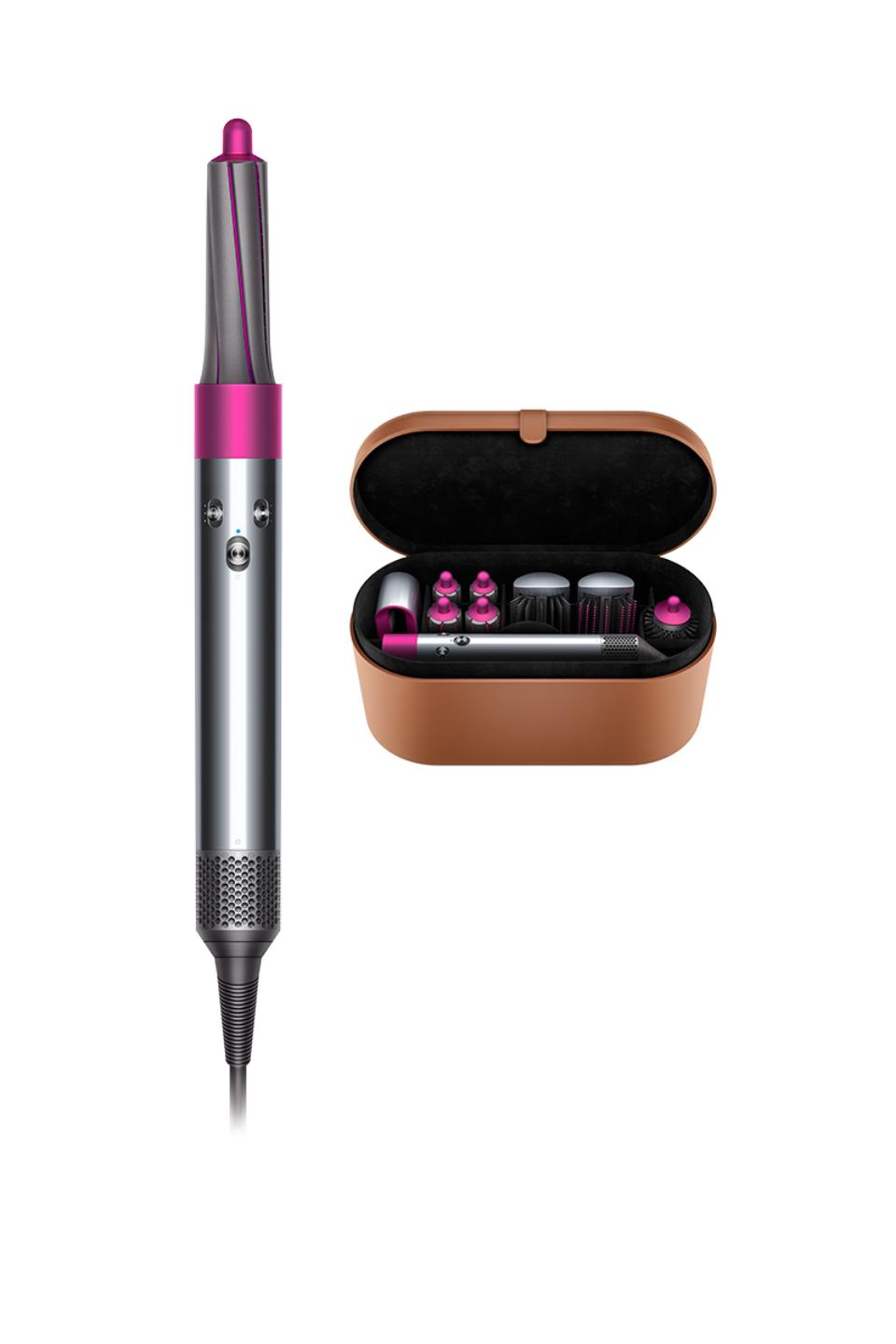KitchenAid Metal Grain Mill Stand Mixer Attachment (KGM)
Grind wheat, oats, corn, rice, and other low-moisture, low-oil grains. This all-metal grain mill simply attaches to the hub of your stand mixer for quick and easy milling. Choose from ‘cracked’ to extra fine consistency. For everything you want to make. KitchenAid.
SKU:
122702242
Categories: Appliances, Kitchen Appliances
Tag: KitchenAid Metal Grain Mill Stand Mixer Attachment
-
Honey Artisan® Series 5 Quart Tilt-Head Stand Mixer in Honey KSM175PSHY
Rated 5.00 out of 510Honey Artisan® Series 5 Quart Tilt-Head Stand Mixer in Honey KSM175PSHY
Rated 5.00 out of 510 -
Dyson Ball Animal 2 pet vacuum cleaner (Iron)
Rated 5.00 out of 512Dyson Ball Animal 2 pet vacuum cleaner (Iron)
Rated 5.00 out of 512 -
Dyson Airwrap™ Complete (Nickel/Fuchsia)
Rated 5.00 out of 511Dyson Airwrap™ Complete (Nickel/Fuchsia)
Rated 5.00 out of 511





Powered by your KitchenAid Stand MixerFits all Household KitchenAid Stand MixersEasily grind Low-Moisture Grains such as fresh wheat, corn, oats, rye, rice & buckwheat12 Grind Levels that range from a very coarse “cracked” texture to a fine grind
Submit your review Cancel reply





Reviews
There are no reviews yet.